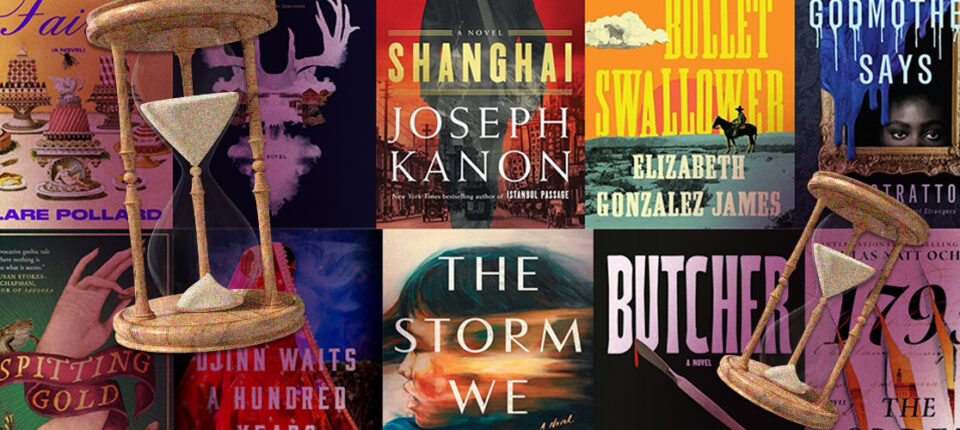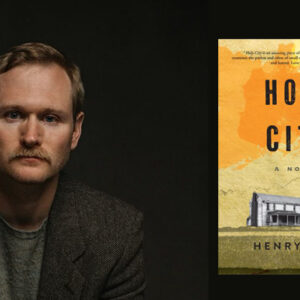We’re halfway through 2024, but in these books, we’re still in the (generally terrible) past! Its been, as usual, a great year for historical fiction, and I’ve assembled the best historical fiction of the year so far. The following books are as great as the history they depict is awful, and the beauty of their sentences can be matched only by the grotesqueries of their contents. For those of you who have noticed a certain 20th century sensibility in past incarnations may delight in the plethora of distinguished novels featuring 19th century settings that have been released this year.
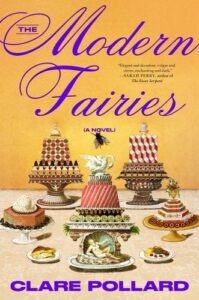
Clare Pollard, The Modern Fairies
(Avid Reader Press)
Setting: Paris, 17th Century
While debatably gothic, this novel set in 17th century ancien regime France is most certainly suited to the damp—after all, it was an era long before dehumidifiers (of which I now possess four). The Modern Fairies features the great historical salons of Paris, in which literary luminaries mingled with the demimonde and mixed witty repartee with inventive storytelling. Pollard’s characters are reinventing their nation’s traditional stories and creating the modern fairy tale, even as the details of their lives show the the rot of French society before the Revolution.
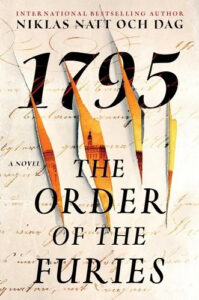
Niklas Natt Och Dag, 1795: The Order of the Furies
Translated by Ian Giles
(Atria)
Setting: Stockholm, 1795
1795 is the devastating conclusion to Niklas Nat och Dag’s historical trilogy of late 18th-century Stockholm, a divided city on the precipice of revolution and beset by a conspiracy of violent libertines who feel themselves to be above the law. Nat och Dag’s one-armed watchman, Jean Michael Cardell, with assistance from Emil Winge, brilliant watchmaker and former alcoholic, are hell-bent on bringing the evil mastermind of a hedonistic cabal to heel, but they face numerous set-backs in imposing justice on someone so powerful, and as well as lingering guilt over their past failures. Few historical novels are willing to plumb such depths of depravity (or include quite so many descriptions of bad smells), and I’ll be thinking about this trilogy for many years to come.

Michael Crummey, The Adversary
(Doubleday)
Setting: Newfoundland, Early 19th Century
A remote Canadian fishing village, deliciously christened Mockbeggar, is the setting for this epic tragedy of Shakespearean proportions. The small town is ruled by two siblings, a brother and sister. Both are terrible people, but their malevolence finds expression in vastly different forms, as their take-no-prisoners rivalry and intense mutual hatred inevitably destroys their community, their family, and their souls.
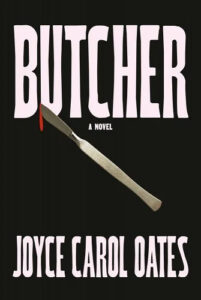
Joyce Carol Oates, Butcher
(Knopf)
Setting: New Jersey, mid-19th Century
Sure to be known as one of Oates’ greatest works! And based on some very real, very awful history. In Butcher, a variety of perspectives depict the life and crimes of doctor and misogynist Silas Weir. After an ignoble start in a posh Massachusetts town, Weir heads to New Jersey to be resident doctor at a women’s asylum, a hellish prison in which his determination to succeed at gynecological surgeries will lead to unfathomable amounts of suffering. While any depiction of 19th century medicine is horrifying, the ways in which bad science and worse prejudices combine in the surgeon’s practices make for one of the most disturbing novels I’ve ever read.

Carmella Lowkis, Spitting Gold
(Atria)
Setting: Paris, 1866
All is not what it seems in this lush and twist-filled tale. Two spiritualist sisters, famed in their teen years for their convincing seances, must come together for one last con. Spitting Gold is carefully plotted, fully characterized, and incredibly satisfying. Let the ectoplasm flow!
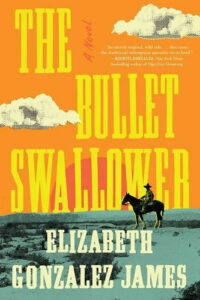
Elizabeth Gonzalez James, The Bullet Swallower
(Simon & Schuster)
Setting: Texas and Mexico, 1895
Growing up in Texas with a historian father, I longed for novels like The Bullet Swallower, based on a legendary outlaw in the author’s own family history. In The Bullet Swallower, a bandit on the run from the Texas Rangers must do whatever it takes to save his family, while two generations later, his descendant confronts an ancient entity determined to make him pay for his ancestors’ crimes. If you like this book, check out With a Pistol in His Hand, Americo Paredes’ classic history of folk hero Grigorio Cortez, subjected to the largest manhunt in US history after a wrongful accusation of horse theft left a Texas Ranger dead and Cortez on the run.

Shubnum Khan, The Djinn Waits a Hundred Years
(Viking)
Setting: Durban, South Africa, early 20th century and present day
In a crumbling South African mansion, a young girl brings the house’s denizens together in a quest to learn the history of her home. A discovered diary’s yellowed pages slowly reveal the tale of love and murder that has left the house, and its djinn occupant, grieving for decades.
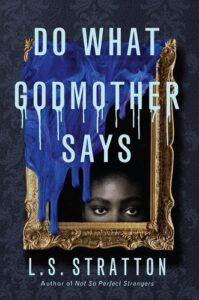
L.S. Stratton, Do What Godmother Says
(Union Square)
Setting: Harlem, 1920s
L.S. Stratton’s new gothic thriller is divided between the Harlem Renaissance past and a writer in D.C.’s present. In the past, a young painter is taken under the wing of a mysterious socialite; her new hopes for the security to pursue artistic freedom are quickly dashed as she learns how controlling her new patron can be. In the present, a journalist comes into possession of a valuable painting, only to find herself beset by collectors who seem ready to engage in unscrupulous methods in order to get their hands on the piece of art. Do What Godmother Says is both a prescient critique of artistic appropriation and a darn good mystery—in short, an immensely satisfying read.
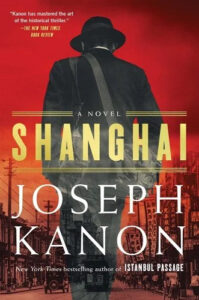
Joseph Kanon, Shanghai
(Scribner)
Setting: Shanghai, 1930s
Jewish refugees fleeing Nazi Europe settle in Shanghai in Kanon’s latest novel, a deeply engrossing tale of corruption, violence, and doomed love. The story begins on the first class decks of an ocean liner but soon runs headlong into the city’s warring gambling operations. Kanon always situates his political clashes and spy games in a fully realized human drama. Shanghai proves one of his most powerful stories to date. –Dwyer Murphy, CrimeReads editor-in-chief
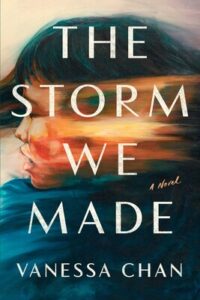
Vanessa Chan, The Storm We Made
(Marysue Ricci Books)
Setting: Malaya, 1930s and 40s
In one of the best espionage novels I’ve ever come across, a bored Malayan housewife lets a Japanese spy charm her into giving up the secrets necessary for her nation to be invaded; later, as the war continues, her guilt grows monstrous as her children suffer.

